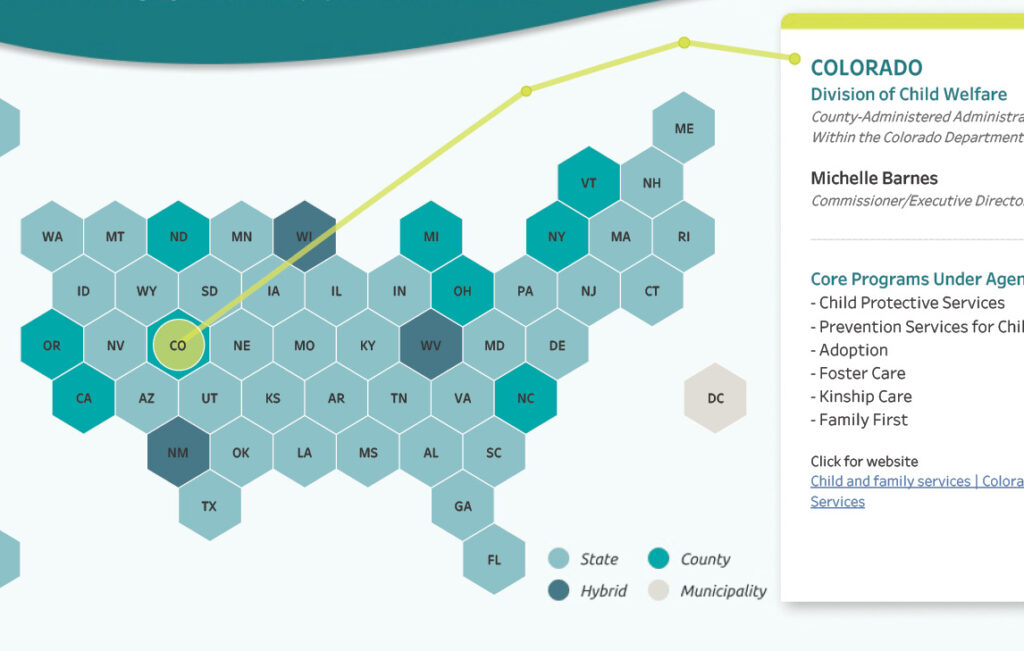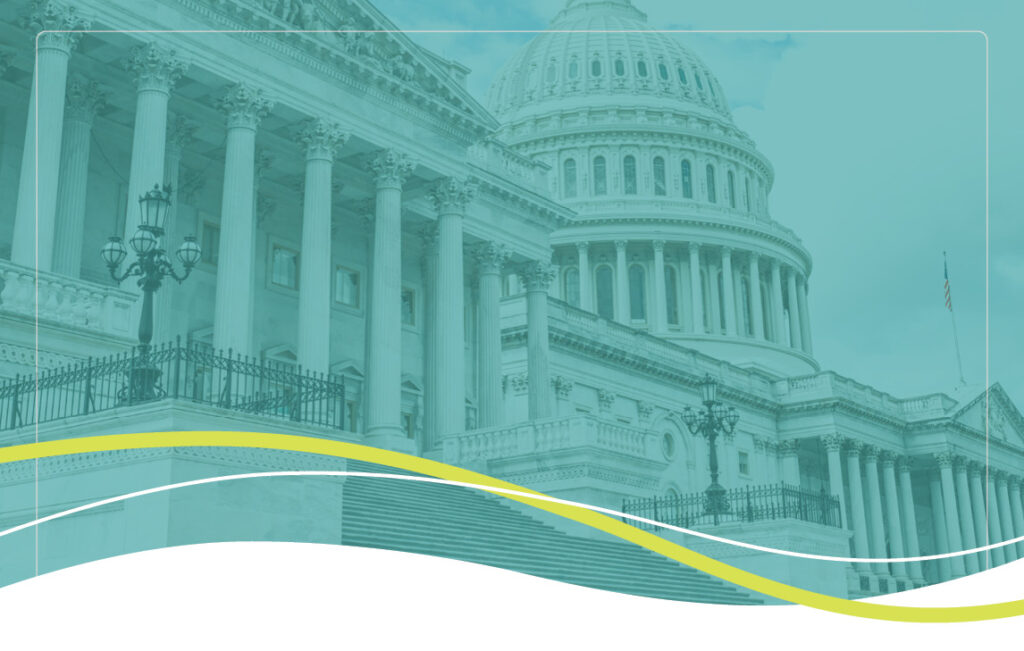The Role of Medicaid in Child Welfare: How State Agencies Can Bridge Gaps to Improve Outcomes

Children and youth involved in the child welfare system are among the most vulnerable populations served by state agencies. They often experience complex health needs, frequent transitions, and systemic barriers to care. At this critical intersection, Medicaid and child welfare agencies must act as co-leaders in delivering coordinated, trauma-informed services. We know this is easier said than done!
But, system collaboration isn’t just a best practice—it’s a necessary strategy for improving health and well-being for vulnerable children and families.
The Case for Cross-Agency Alignment
Children in foster care are generally automatically eligible for Medicaid in every state, yet access to and quality of care vary widely. Challenges include:
- Disjointed communication between systems
- Inconsistent care coordination across placements
- Limited behavioral health capacity and service gaps
- Inadequate data sharing between child welfare and Medicaid systems
When state agencies operate in silos, it often leads to missed opportunities, duplicative efforts, and fragmented care. But when Medicaid and child welfare leaders work together, they can create more integrated, accountable, and person-centered systems of care.
Strategies for State Agencies to Strengthen System Alignment
- Develop a Shared Vision for Whole-Child Care
Alignment begins with shared goals around child and family well-being. State agencies can collaborate to:
- Define cross-system quality benchmarks (e.g., timeliness of health screenings, access to behavioral healthcare).
- Establish unified care coordination expectations for managed care organizations (MCOs) and providers.
- Center trauma-informed and culturally responsive practices across both systems.
- Build Integrated Care Models Through Medicaid Policy Levers
Medicaid agencies have powerful tools to drive innovation and integration, including:
- 1115 Waivers: Use to pilot cross-system programs or expand behavioral health services tailored for children in foster care.
- Targeted Case Management: Create specialized roles to bridge child welfare casework and health navigation.
- Foster Care-Specific Managed Care Models: Contract with MCOs that offer dedicated care coordination, health home infrastructure, and provider training.
- Implement Data Sharing Agreements and Cross-System Dashboards
Without reliable, timely data, agencies can’t see the full picture of a child’s health and well-being. States can:
- Establish data use agreements between Medicaid and child welfare to share eligibility, placement, and health utilization data.
- Build cross-system dashboards that track key indicators and support continuous quality improvement.
- Use predictive analytics to identify high-risk youth and intervene early.
- Foster Joint Oversight of Managed Care
Children in foster care are increasingly enrolled in Medicaid managed care, which is a great opportunity. State agencies can:
- Co-develop contract language for MCOs that specifies expectations around foster care populations.
- Include child welfare representatives in plan performance reviews, utilization and readiness assessments.
- Require MCOs to participate in multi-disciplinary team meetings and child and family planning processes.
Spotlight on Cross-Sector Collaboration: A Path to Systemic Change
True transformation happens when state agencies break down silos and invest in collaborative infrastructure. Examples of high-impact partnerships include:
- Embedding child welfare liaisons within Medicaid agencies (and vice versa).
- Hosting regular joint strategic planning sessions with input from providers, caregivers, and youth.
- Leveraging federal funding streams across health, behavioral health, and child welfare to build sustainable solutions.
As stewards of public systems that directly impact children’s lives, state Medicaid and child welfare agencies have a shared responsibility—and a unique opportunity—to drive better outcomes together. By aligning policy, practice, and people across systems, states can ensure that every child in foster care receives coordinated, high-quality, and compassionate care.
The future of whole-child care depends on bold, collaborative leadership. Let’s build that future together.
And we’d love to help! Connect with our Child and Family Well-Being Team to see how they can support!








